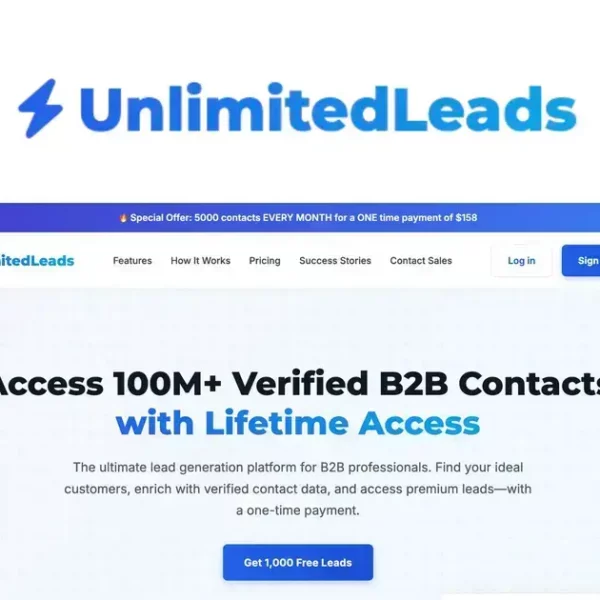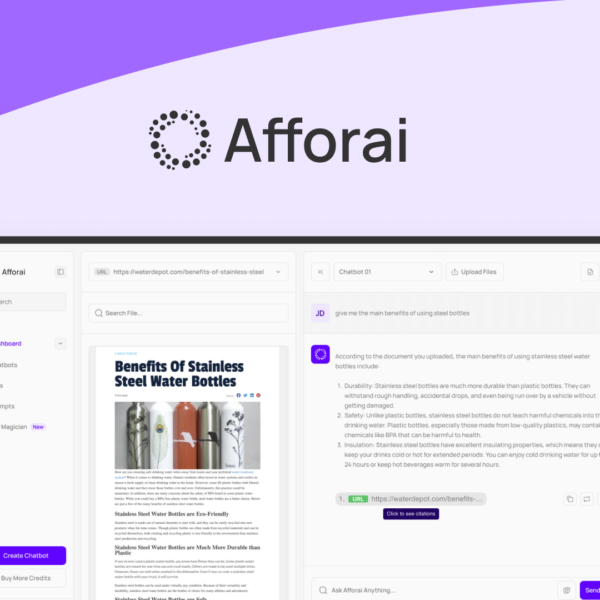When it comes to SaaS products, doing your homework is vital. So many options are available, but how do you pick the right one? Let’s dive into five tips that will help you choose wisely!
Research the Developer and Company
Before choosing a SaaS product, it’s super important to learn about the developer and the company behind it. A good place to start is their website. Look for information like their mission, values, and history. This will give you a feel for who they are and how they operate.
Check Their Reputation
Find reviews or testimonials from other users. Websites like G2 or Trustpilot can offer insights into what people think about the product. A company with a good track record usually stands out.
Support and Stability
Think about how stable the company is. A strong company will have solid support. Look at their customer service options, like chat or phone support. Being able to reach them quickly can make a big difference.
Look for Transparency
Transparency is key. Check if the company shares its performance metrics and their product development plans. If they’re open about these things, it shows they care about their users.
Ask for Demos or Trials
Don’t hesitate to ask for a demo or a free trial. This allows you to see how the product works and how the company interacts with its customers. A straightforward developer will gladly offer a look at their product.
Check Recent Features and Updates

When looking at a SaaS product, checking recent features and updates is key. Companies often roll out new features to improve what they offer. This can tell you a lot about how they respond to user needs.
Explore Release Notes
Look for release notes on the company’s website. These notes list updates and new features. They help you see what the team has been working on recently.
Stay Updated with Blogs
Many companies maintain a blog. This is a great way to keep up with their latest news. Read their posts for insights into upcoming features or changes.
User Feedback Matters
Check what users say about recent features. User reviews often highlight what works well and what doesn’t. Sites like G2 are helpful for this.
Practice with New Features
If you get a chance to try out any new features, do it! This hands-on experience can show you how well the updates function. It also helps you decide if it fits your needs.
Consider Future Roadmaps
Lastly, ask about the roadmaps. Companies sometimes share their plans for future updates. Understanding these can give you a sense of where the product is heading.
Evaluate the Product Roadmap
Evaluating the product roadmap is a smart move when considering a SaaS product. A roadmap shows the company’s plans for future updates and features. It gives you a peek into what to expect down the line.
Understand the Vision
Start by looking at the product vision. This will tell you what the company aims to achieve. A clear vision often means a focused effort to improve the product for users.
Check Key Milestones
Roadmaps often highlight key milestones. These milestones show when the company plans to release new features. Knowing these dates helps you plan accordingly.
Assess Alignment with Your Needs
Make sure the roadmap aligns with your business needs. If the planned features matter to you, it’s a good sign. This shows the company is listening to its users.
Look at Past Updates
Consider the company’s history of updates. Have they stuck to their roadmaps in the past? Consistency is key; companies that follow through are more reliable.
Communication and Transparency
Finally, check how the company communicates about its roadmap. Do they share updates regularly? Open communication is a good indicator of a trustworthy company.
Engage with Customer Support

Engaging with customer support is an important part of choosing a SaaS product. Good support can make all the difference when you face issues. You want a company that’s easy to reach and helpful.
Test Response Times
Start by testing how quickly they respond to inquiries. Send them a message and see how long it takes to get a reply. Fast responses are a good sign.
Explore Support Channels
Check what support channels they offer. This could be email, chat, or phone. The more options you have, the better. Different users have different preferences.
Look at Availability
Consider the availability of customer support. Do they offer help during your business hours? If you need assistance late at night or on weekends, check if support is available then.
Read User Experiences
Look for reviews discussing customer support. What do users say? If many people are happy with the support team, it’s a good sign the company values their customers.
Ask Specific Questions
Don’t hesitate to ask specific questions about the product. Their answers can show how knowledgeable their support team is. If they provide clear and concise information, it usually indicates strong support.
Assess Current or Future Needs
Assessing your current or future needs is crucial before choosing a SaaS product. Understanding what you need helps you pick the right option. Start by identifying your core tasks and goals.
Determine Key Features
List the features that are most important to your business. Do you need project management tools, invoicing, or customer support? Knowing this will guide your search.
Think About Growth
Consider your business growth plans. Are you expecting rapid growth? If so, choose a product that can scale with you. A flexible solution will adapt to changing needs.
Engage Your Team
Involve your team in the process. They’ll have insights into what features would help them. Team feedback can illuminate needs you may not have considered.
Evaluate Integration Options
Check how the SaaS product integrates with tools you already use. Seamless integration can save time and reduce frustration. Make sure the product will work well with your existing software.
Review Budget Constraints
Finally, assess your budget. How much can you spend? A good product should fit your needs and budget. Consider both the upfront costs and any ongoing fees.




